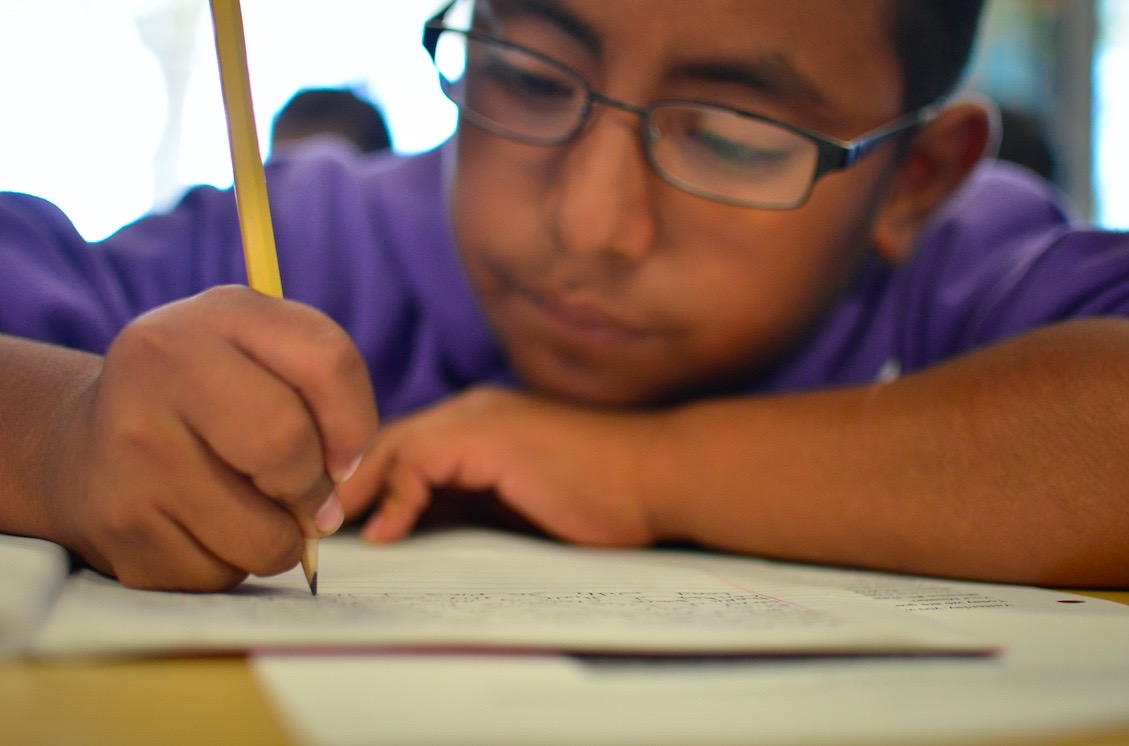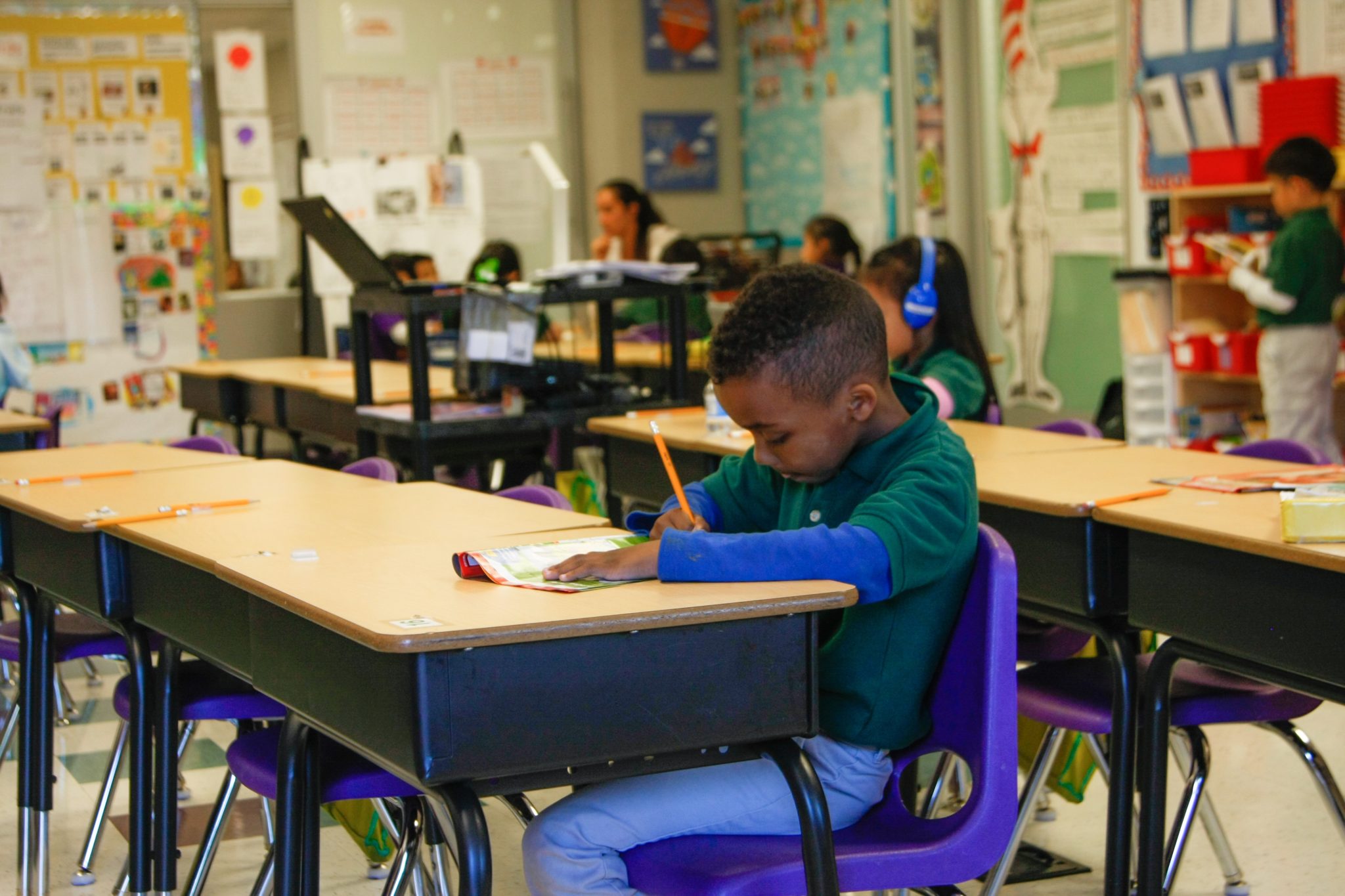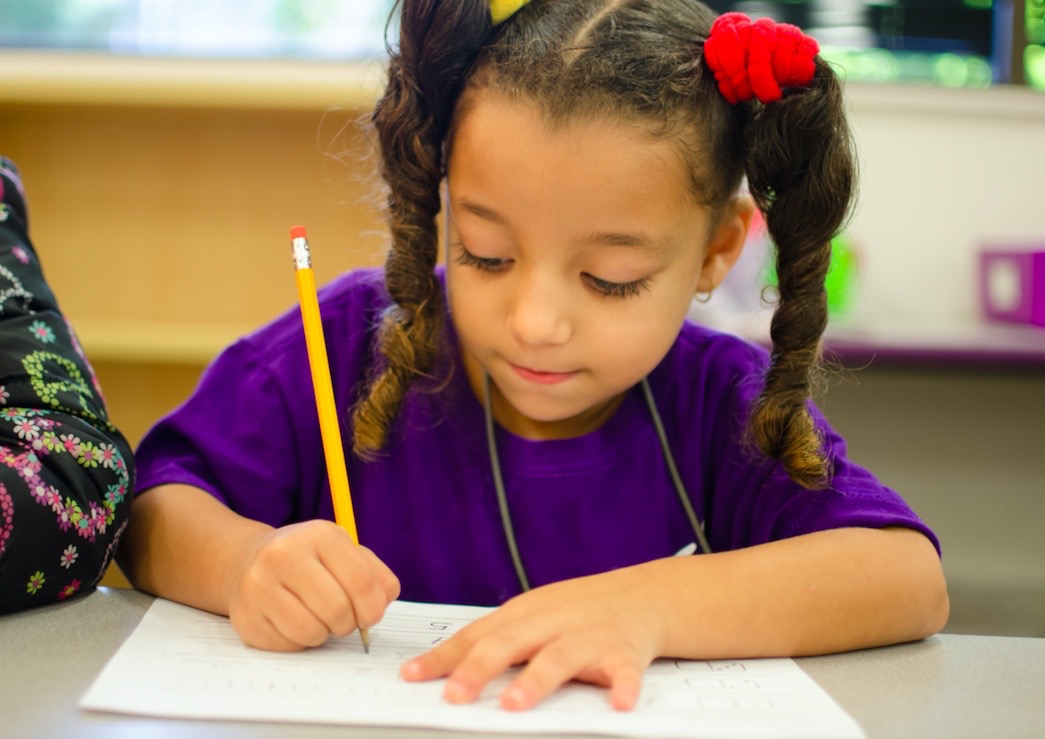
Boosting Your ABCs
by Larissa Ksar, Occupational Therapist, Bay Area
1. Develop fine motor skills.
Fine motor skill is the coordination of the small muscles of our hands with our eyes. Our students may not come to school with fully developed fine motor skills, which will impact their ability to engage in many classroom tasks such as handwriting, scissor use and management of classroom tools. In order for our students to succeed in school, it is imperative that we foster the development of these skills. Try adding these activities to your classroom workstations:
- Add tongs to a literacy center in order to improve dexterity and the skill side of the hand
- Use small manipulatives as counters to encourage a mature pincer grasp
- Have students roll out play dough or clay to build the arches of their hands and visual motor skills as they turn their rolled dough into shapes for a math workstation
Know what is expected of your students developmentally, and reach out to your occupational therapist if you notice that your student’s skills are delayed. Here are developmental expectations for young students.
2. It’s more than pen and paper.
Handwriting goes beyond just the tools that are used to get words on paper. Desk and chair heights are important for our students to be able to concentrate on their writing. While

Posture and desk size all contribute to proper handwriting.
our students share desks, there are easy adaptations that we can make to the physical environment to ensure that each of our students is set up properly.
- Add a footrest for those student’s whose feet don’t touch the ground
- Add a seat cushion for those student’s who are hunching their shoulders in order to reach the desktop
- Add a slantboard to the desktop for those students who are leaning over their desk in order to see their work
- Allow the use of a clipboard for those student’s who are not able to manage their papers
If students are comfortable and able to maintain an upright posture, they will be able to access the academic task presented, rather than focus on meeting their physical needs.
3. Teaching formation is important, too!
Just as learning any skill requires direct instruction and lots of practice, our students need consistent, direct instruction in letter formation in order to develop their handwriting skills. As little as 15 minutes of daily direct instruction in letter and number formation will build the foundation necessary for handwriting proficiency. Adding multi-sensory access to letter formation also stimulates more connections in our brains and solidifies the skill. Once letter formation becomes automatic, our students are able to increase their speed and fluidity with the physical act of writing, and can then focus on the content of their writing allowing them to produce higher-level work.

Correct handwriting formation starts with direct instruction!
4. Consider requisite skills.
In order for handwriting to develop, many additional skills are required. Our students need to know the names of letters, numbers, and shapes as well as demonstrate visual motor coordination and orthography. If students are struggling with these requisite skills, we need to address these before we can expect handwriting proficiency.
5. How can your occupational therapist help?
Occupational therapists (OTs) are experts in fine motor skill development, as well as visual motor skill development. OTs are a great resource for teachers to develop fine motor ideas for literacy and math work station; a thought partner in adapting curriculum and the environment to meet individual student’s needs; and specialists in identifying the functional skills that are needed for school participation. If you would like to thought partner to build handwriting instruction into your day, or problem solve for a specific student, please reach out. Your campus OT can be a great resource to support you and your students.
How do you accommodate for all learners? Share with us! ➟ @RocketshipEd
Larissa has worked at Rocketship’s Bay Area schools since 2013. Prior to that, she worked at a private practice clinic and a county program in San Jose, California. Larissa is passionate about meeting student’s fine motor, sensory, and social skills needs in and out of the classroom setting. By working with teachers and school staff to identify and leverage their strengths, Larissa is able to suggest helpful modifications that can help students improve their access to classroom curriculum. Larissa lives with her husband in San Jose and spends her time running half marathons, crafting, and traveling the world as much as she can.
Published on January 13, 2016
Read more stories about: Teacher Experience.


